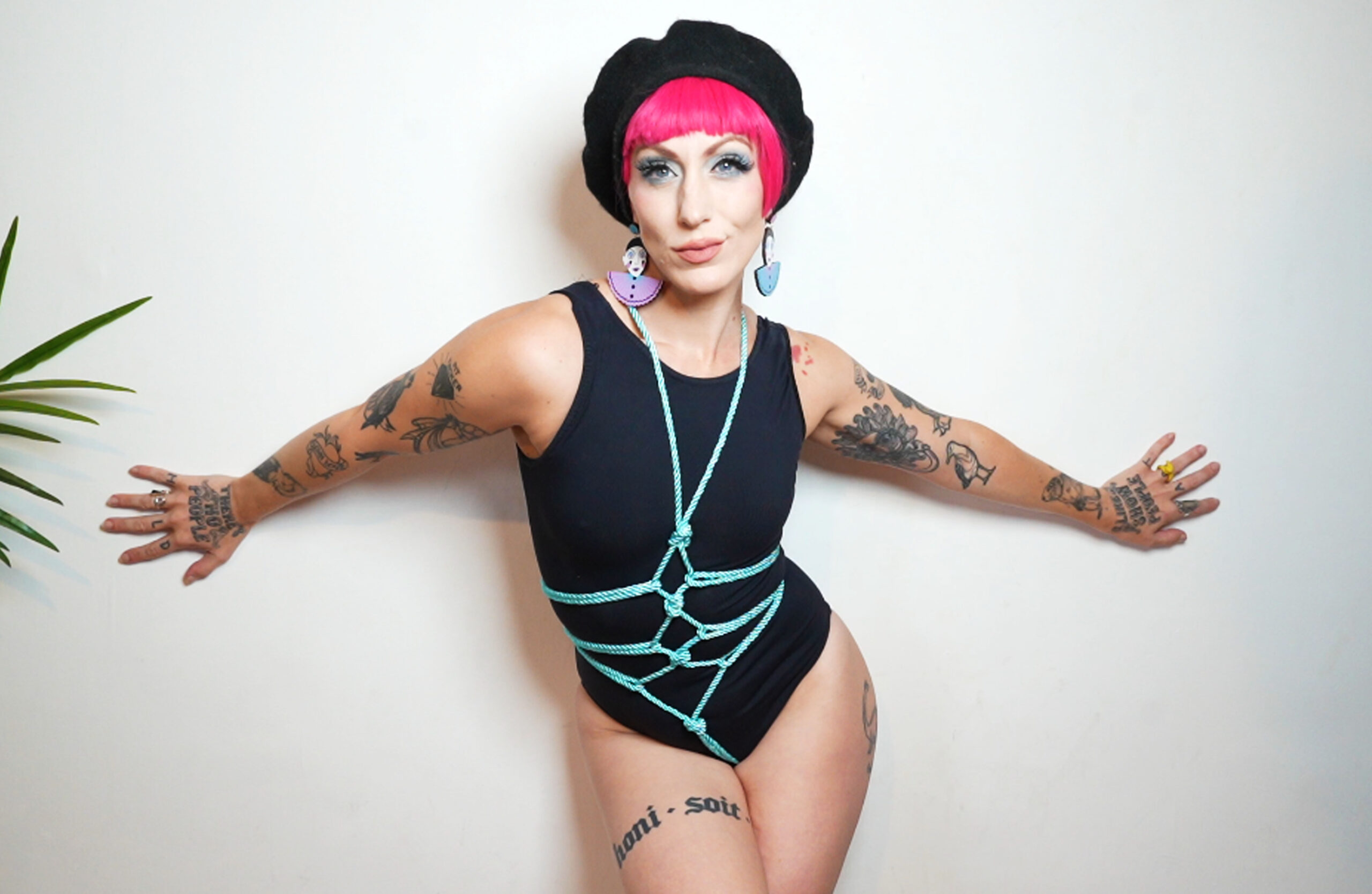Understanding Graysexuality
Graysexuality exists on a spectrum, defying rigid definitions of sexuality. It explores the complexities of attraction and desire, where individuals experience varying levels of sexual interest that fluctuate over time or across different partners. Understanding this nuanced identity requires moving beyond binary labels and embracing the fluidity of human experience.
Definitions and Nuances
Graysexuality encompasses a spectrum of experiences where individuals identify with elements of both sexual and asexual orientations. It challenges traditional notions of sexuality by recognizing that sexual desire is not always constant or all-or-nothing. People who identify as graysexual may experience occasional or fluctuating sexual interest, while others might have a lower overall desire compared to someone who identifies as strictly sexual.
The term “graysexuality” itself reflects this fluidity, highlighting the space between the binary categories of asexual and sexual. It acknowledges that attraction and desire can be complex and multifaceted, varying across individuals and situations. For some, graysexuality might mean experiencing infrequent but meaningful sexual encounters, while for others it could involve a preference for non-sexual intimacy.
Understanding graysexuality requires recognizing the diversity of human experiences and embracing the spectrum of sexuality. It’s essential to respect individual preferences and avoid imposing rigid definitions or expectations. Open communication and respectful dialogue are crucial when navigating the complexities of graysexuality and other sexual identities.
Spectrum of Experiences
Graysexuality exists on a spectrum, defying rigid definitions of sexuality. It explores the complexities of attraction and desire, where individuals experience varying levels of sexual interest that fluctuate over time or across different partners. Understanding this nuanced identity requires moving beyond binary labels and embracing the fluidity of human experience.
Graysexual individuals may experience occasional or fluctuating sexual interest, while others might have a lower overall desire compared to someone who identifies as strictly sexual. They can find fulfillment in both sexual and non-sexual forms of intimacy. Some graysexual people may be open to exploring their sexuality more fully at times, while others might prioritize other aspects of their relationships.
The key to understanding graysexuality is recognizing that sexual desire is not a static or universal experience. It’s influenced by individual preferences, personal history, and situational factors. Respecting individual experiences and avoiding assumptions about someone’s sexual desires based on their label is crucial for fostering inclusivity and understanding.
Romantic Contexts
Graysexuality presents a compelling exploration of human sexuality, challenging traditional binary classifications. It recognizes the fluidity of sexual desire, acknowledging that attraction and interest can vary across individuals and circumstances.
Attraction and Relationships
Graysexuality is a spectrum identity that encompasses individuals who experience sexual attraction in varying degrees. Unlike strict definitions of sexual or asexual orientations, graysexual individuals navigate a complex landscape of fluctuating desires, sometimes experiencing heightened interest while other times feeling less inclined towards sexual activity. This fluidity challenges the notion of fixed sexual identities and emphasizes the individual nature of human attraction.
Within romantic contexts, graysexuality adds another layer of complexity to relationships. Partners may need to openly communicate their needs and expectations regarding intimacy. Understanding and accepting fluctuations in desire is crucial for healthy relationships involving graysexual individuals.
Attraction within graysexuality can manifest differently for each person. Some might find themselves drawn to particular individuals or situations, while others experience a more general sense of attraction. This fluidity extends beyond romantic partners; graysexual individuals may find themselves attracted to friends, family members, or even fictional characters.
It’s important to remember that graysexuality is not about choosing to be asexual or sexual but rather about embracing the reality of one’s own experiences and desires. It’s a valid and meaningful identity that deserves respect and understanding.
Communication and Disclosure
Graysexuality, in its essence, challenges traditional understandings of sexuality by acknowledging the fluidity and spectrum of human experience. Within romantic contexts, it introduces nuances to communication and disclosure around desire.
Open and honest conversation becomes paramount. Graysexual individuals might need to articulate their fluctuating levels of sexual interest and preferences to partners, ensuring mutual understanding and respect.
Similarly, partners should approach conversations about intimacy with sensitivity, recognizing that desires can change over time or in different situations.
The key is to create a safe space where both partners feel comfortable expressing their needs and boundaries without judgment.
Transparency about one’s graysexuality identity can foster deeper intimacy by allowing partners to connect on a more authentic level.
By embracing the complexity of graysexuality, relationships can evolve to accommodate individual experiences and navigate the dynamic nature of desire.
Sexual Contexts
Graysexuality is a spectrum identity that challenges traditional definitions of sexuality. It encompasses individuals who experience sexual attraction on a fluctuating scale, sometimes experiencing heightened interest while at other times feeling less inclined towards sexual activity.
Defining Sexual Activity
Understanding graysexuality requires recognizing the diversity of human experiences and embracing the spectrum of sexuality. It’s essential to respect individual preferences and avoid imposing rigid definitions or expectations. Open communication and respectful dialogue are crucial when navigating the complexities of graysexuality and other sexual identities.
Graysexual individuals may experience occasional or fluctuating sexual interest, while others might have a lower overall desire compared to someone who identifies as strictly sexual. They can find fulfillment in both sexual and non-sexual forms of intimacy. Some graysexual people may be open to exploring their sexuality more fully at times, while others might prioritize other aspects of their relationships.
The key to understanding graysexuality is recognizing that sexual desire is not a static or universal experience. It’s influenced by individual preferences, personal history, and situational factors. Respecting individual experiences and avoiding assumptions about someone’s sexual desires based on their label is crucial for fostering inclusivity and understanding.
Graysexuality presents a compelling exploration of human sexuality, challenging traditional binary classifications. It recognizes the fluidity of sexual desire, acknowledging that attraction and interest can vary across individuals and circumstances.
Attraction within graysexuality can manifest differently for each person. Some might find themselves drawn to particular individuals or situations, while others experience a more general sense of attraction. This fluidity extends beyond romantic partners; graysexual individuals may find themselves attracted to friends, family members, or even fictional characters.
It’s important to remember that graysexuality is not about choosing to be asexual or sexual but rather about embracing the reality of one’s own experiences and desires. It’s a valid and meaningful identity that deserves respect and understanding.

Exploring Consent and Boundaries

Graysexuality exists on a spectrum, defying rigid definitions of sexuality. It explores the complexities of attraction and desire, where individuals experience varying levels of sexual interest that fluctuate over time or across different partners. Understanding this nuanced identity requires moving beyond binary labels and embracing the fluidity of human experience.
The term “graysexuality” itself reflects this fluidity, highlighting the space between the binary categories of asexual and sexual. It acknowledges that attraction and desire can be complex and multifaceted, varying across individuals and situations. For some, graysexuality might mean experiencing infrequent but meaningful sexual encounters, while for others it could involve a preference for non-sexual intimacy.
Consent within a graysexual context requires open communication and mutual respect. As sexual interest fluctuates, establishing clear boundaries around physical intimacy becomes crucial. Both partners need to feel comfortable expressing their desires and limits without fear of judgment or pressure.

For some graysexual individuals, exploring their sexuality might involve negotiating different types of intimacy with their partners. This could include prioritizing emotional connection, cuddling, kissing, or other forms of physical touch that are comfortable for both parties, regardless of whether sexual intercourse is involved.
Open and honest communication about desires, boundaries, and comfort levels is essential in any relationship, but it’s particularly important for navigating the complexities of graysexuality. Regular check-ins and ongoing conversations can help ensure that both partners feel heard, respected, and satisfied within the relationship.
Societal Perceptions and Challenges
Societal perceptions of sexuality are often shaped by rigid binary categories, failing to encompass the diverse spectrum sex toy shop uk of human experience. Graysexuality, a term encompassing individuals with fluctuating levels of sexual desire, challenges these traditional norms. Understanding graysexuality requires moving beyond simplistic definitions and embracing the fluidity of attraction and desire.
Stigma and Misconceptions
Societal perceptions often struggle to grasp the nuances of sexuality, particularly identities that fall outside the binary framework of “sexual” or “asexual.” Graysexuality, a term describing individuals with fluctuating levels of sexual interest, encounters significant misconceptions and stigma due to these rigid societal norms.
One common misconception is that graysexuality represents an indecisiveness about one’s sexuality. However, it’s important to recognize that graysexuality is a valid identity, not a temporary phase or a choice. It reflects the reality of fluctuating desires and experiences, which are normal and natural for many individuals.
Another challenge faced by graysexual individuals is the pressure to conform to societal expectations regarding sexual activity. They might be judged or misunderstood for not engaging in sex as frequently as someone who identifies as strictly “sexual,” leading to feelings of isolation and self-doubt.
The lack of representation and understanding of graysexuality in media and popular culture further contributes to the stigma surrounding it. Limited exposure to diverse sexual identities perpetuates the misconception that there are only two distinct categories, reinforcing the binary framework that excludes individuals who identify as graysexual.
Open and honest conversations about sexuality, including challenging societal norms and misconceptions, are crucial for creating a more inclusive environment. Promoting understanding and acceptance of diverse sexual identities like graysexuality is essential for fostering a society where individuals feel comfortable expressing their true selves without fear of judgment or discrimination.
Navigating Intersectional Identities
Graysexuality exists on a spectrum, defying rigid definitions of sexuality. It explores the complexities of attraction and desire, where individuals experience varying levels of sexual interest that fluctuate over time or across different partners. Understanding this nuanced identity requires moving beyond binary labels and embracing the fluidity of human experience.
Graysexuality presents a compelling exploration of human sexuality, challenging traditional binary classifications. It recognizes the fluidity of sexual desire, acknowledging that attraction and interest can vary across individuals and circumstances.
- Societal perceptions often struggle to grasp the nuances of sexuality, particularly identities that fall outside the binary framework of “sexual” or “asexual.” Graysexuality, a term describing individuals with fluctuating levels of sexual interest, encounters significant misconceptions and stigma due to these rigid societal norms.
- One common misconception is that graysexuality represents an indecisiveness about one’s sexuality. However, it’s important to recognize that graysexuality is a valid identity, not a temporary phase or a choice. It reflects the reality of fluctuating desires and experiences, which are normal and natural for many individuals.
- Another challenge faced by graysexual individuals is the pressure to conform to societal expectations regarding sexual activity. They might be judged or misunderstood for not engaging in sex as frequently as someone who identifies as strictly “sexual,” leading to feelings of isolation and self-doubt.
Open and honest conversations about sexuality, including challenging societal norms and misconceptions, are crucial for creating a more inclusive environment. Promoting understanding and acceptance of diverse sexual identities like graysexuality is essential for fostering a society where individuals feel comfortable expressing their true selves without fear of judgment or discrimination.
Supporting Graysexual Individuals
Graysexuality exists on a spectrum, defying rigid definitions of sexuality. It explores the complexities of attraction and desire, where individuals experience varying levels of sexual interest that fluctuate over time or across different partners. Understanding this nuanced identity requires moving beyond binary labels and embracing the fluidity of human experience.
The term “graysexuality” itself reflects this fluidity, highlighting the space between the binary categories of asexual and sexual. It acknowledges that attraction and desire can be complex and multifaceted, varying across individuals and situations. For some, graysexuality might mean experiencing infrequent but meaningful sexual encounters, while for others it could involve a preference for non-sexual intimacy.
Supporting graysexual individuals involves recognizing their experiences as valid and fostering an environment of understanding and acceptance. This means challenging societal norms that impose rigid categories on sexuality and embracing the diverse spectrum of human experience. Open communication and respectful dialogue are crucial when navigating the complexities of graysexuality and other sexual identities.
Resources and Community
Supporting graysexual individuals begins with understanding their experiences as valid and unique.
Graysexuality is a spectrum, meaning people’s levels of sexual interest can change over time and depending on the situation or partner. It’s important to remember that there is no “right” way to be graysexual, just like there is no one-size-fits-all definition of sexuality.
Here are some ways to be supportive:
- Listen and learn.
- Ask open-ended questions about their experiences and preferences without making assumptions or judgments.
- Educate yourself about graysexuality and other sexual identities to challenge your own biases and broaden your understanding.
- Respect their boundaries and choices regarding intimacy.
- Don’t pressure them to label themselves or engage in sexual activity that they are not comfortable with.
- Create a safe and supportive environment where they feel comfortable sharing their feelings and needs without fear of ridicule or judgment.
Connecting with a community can be invaluable for graysexual individuals. Here are some resources:
- Online Forums and Communities: Many online platforms provide spaces for graysexual people to connect, share experiences, and offer support to one another.
- Advocacy Groups: Organizations dedicated to promoting sexual diversity and equality often have resources specific to graysexuality or provide general support for LGBTQ+ individuals.
- Therapists Specialized in Sexual Identity: Seeking guidance from a therapist who understands the nuances of graysexuality can be helpful for navigating personal questions, relationships, or social challenges.
Remember, creating an inclusive and accepting society starts with each individual’s willingness to learn, listen, and respect the diverse spectrum of human experiences. By understanding and supporting graysexual individuals, we contribute to a more just and equitable world for all.
Promoting Understanding and Acceptance
- Why Does My Lip Filler Randomly Swell Up - November 11, 2025
- What Is The Difference Between Deep And Sub Q Fillers? - November 8, 2025
- What Are The Best CBD Gummy Sweets For Mood Enhancement - November 6, 2025


